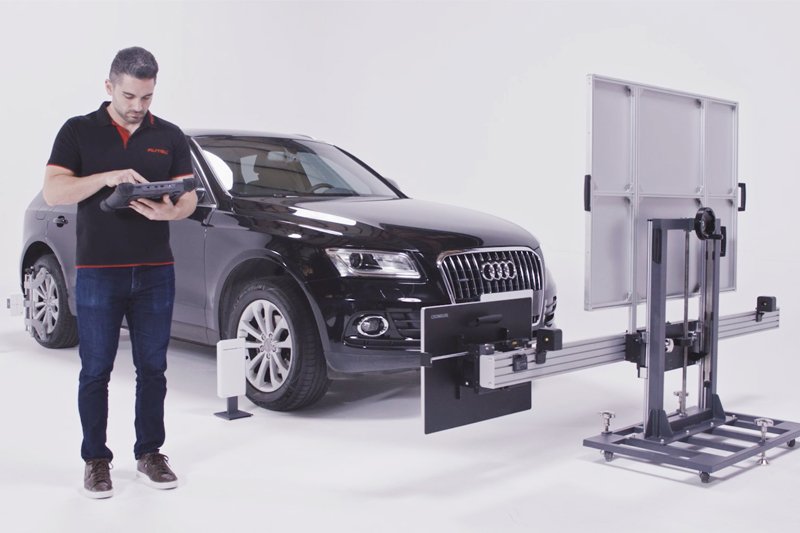Broken Key Repair: Solutions for Common Lock Issues
Intro
Keys are necessary tools in our everyday lives, allowing us to protect our homes, vehicles, and individual possessions. However, they can also break, leading to aggravations and troubles. Understanding how to resolve broken key issues is important for anyone wanting to preserve their locks and ensure access to their property. click through the following article covers numerous elements of broken key repair, consisting of typical causes, repair methods, and preventive procedures to avoid future instances.
Typical Causes of Broken Keys
Keys can break for several reasons. Comprehending these causes can help in avoiding future events:
- Wear and Tear: Over time, keys can use down due to regular use, resulting in weakened shafts that are more most likely to break.
- Poor Key Design: Keys that are improperly created may lack structural stability, making them more vulnerable to breaking under tension.
- Inaccurate Key Usage: Using extreme force to turn a key, specifically in a jammed lock, can easily lead to a damage.
- Environmental Factors: Extreme temperatures or direct exposure to moisture can damage metal keys, causing brittleness.
- Lock Malfunctions: A malfunctioning lock can position undue tension on a key, triggering it to snap throughout operation.
Signs of a Broken Key
Determining a broken key frequently includes obvious indications. Here are some indicators:
- Partial insertion into the lock: If the key can not be completely placed or eliminated.
- Unexpected resistance: If the key feels stuck when being turned.
- Noticeable splits or fractures: Inspecting the key can expose cracks or breaks in the metal.
- Incomplete engagement: The key may turn less than required to actuate the lock.
Methods for Broken Key Repair
When confronted with a broken key, there are a number of methods to think about for repair. It is necessary to select the right one based upon your particular scenario.
1. Eliminate the Broken Key
If a key breaks within a lock, the very first action is to remove the broken part:
- Use tweezers or needle-nose pliers: If a piece is protruding of the lock, gently pull it out.
- Place a key extractor tool: This specific tool can help extract lodged parts more effectively.
| Tool | Finest Used For |
|---|---|
| Tweezers | Shallow extraction |
| Key extractor tool | Deeply trapped key pieces |
| Lube spray | Alleviating extraction of stuck parts |
2. Superglue Method
For scenarios where a key has partially broken however is intact enough to stay gripped, the superglue method might use a short-term fix.
- Clean the broken surfaces thoroughly.
- Apply a thin layer of superglue.
- Hold the pieces together for a couple of minutes up until the glue sets.
Note: This method is not a permanent service and must be used with care as the repair can easily fail under operational stress.
3. Metal Epoxy
For a more robust repair, metal epoxy supplies a stronger bond than superglue.
- Follow the instructions on the epoxy packaging for preparing the adhesive.
- Apply to the broken area and hold up until set (typically a few hours).
4. Duplicate the Key
In instances where lock functionality is essential, creating a duplicate key is often the very best path:
- Visit a locksmith: Many locksmith professionals can replicate keys rapidly and efficiently.
- Use a key-tracing service: Some locksmith professionals use tracing approaches to cut a similar key based on the residues.
5. Lock Replacement
When keys repeatedly break, it might be due to lock issues rather than key stability. In such cases:
- Consult a locksmith to evaluate the lock's condition.
- Consider replacing the lock completely if significant damage or wear appears.
Preventing Key Breakage
Preventing key breakage is frequently better than repair. Here are some practical pointers:
- Limit force on keys: Always turn keys gently to prevent unneeded stress.
- Regular key assessment: Check for wear and replace keys showing signs of damage.
- Use a keychain: Prevent excessive bending by using a sturdy keychain.
- Oil locks: Ensure locks operate efficiently to minimize pressure on keys.
- Store keys appropriately: Avoid putting type in environments that can trigger rust or deterioration.
FAQs About Broken Key Repair
1. Can I repair a broken key myself?
Yes, you can attempt to repair a broken key yourself utilizing methods like the superglue or metal epoxy techniques. However, these are momentary repairs, and it is recommended to consult a professional locksmith for a more resilient solution.
2. Is it worth repairing a broken key?
In many cases, particularly with sentimental or unique keys, a repair may be worth it. For standard keys, replication or replacement is normally more reliable and reputable.
3. How can I avoid my keys from breaking?
To avoid breakage, ensure that keys are exempt to extreme force, routinely check them for wear, and keep locks well-maintained.
4. When should this post look for a locksmith's assistance?
If you are not able to get rid of a broken key from a lock or if the lock malfunctions often, it's best to seek a locksmith's proficiency.
Broken keys can present a considerable trouble, but they are manageable with the right technique. By understanding the typical causes and offered repair approaches, individuals can react efficiently to key breakage. Drawing from preventive steps will likewise help preserve key integrity and performance. Eventually, a proactive technique to key and lock upkeep can significantly decrease the frequency of these annoying problems.

